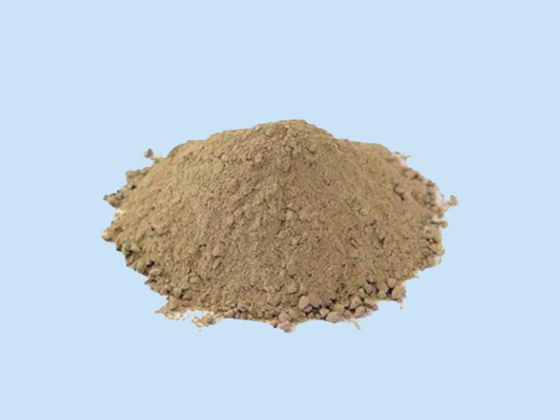
Liaoning Haicheng Xinyue Refractories Co., Ltd.
Mobile phone: +86-15041737767 +86-13322303666
Website:www.xinedai.xyz
Mailbox: xinyuenaihuo@163.com
Address: East Pai Lou Industrial Park, Pai Lou Town, Haicheng, Liaoning.
Dry vibrating material is composed of refractory aggregate, powder, sintering agent and additives. Dry vibrating material without water or liquid binder can form compact and uniform unshaped refractory material only by vibrating through sliding between particles and fine powder.
Comprehensive introduction of dry vibrating materials

Dry vibrating material is a kind of raw material premix without any liquid. It is vibrated by vibrator to form a compact construction body and can be used directly without maintenance. The key technology is that the product of self-reaction and self-sintering at high temperature must be high-temperature phase material, and the reasonable selection of particle size distribution and binder is also very important. The material was started with the imported electric furnace, and soon it was domestically made. It was generally used in tundish.
Process principle of dry vibrating material
The process principle is: adding various binders, modifiers and sintering agents to ensure that there are chemical reactions between materials at various temperatures to form high temperature phase products and ceramic bonding, so as to obtain strength. Dry vibrating materials should be carefully prepared with granular gradation. The critical particle size is about 5 mm. The proportion of coarse, medium and fine aggregates is (20%-30%):(30%-40%):(30%-40%). The ratio of aggregate to powder is about 65:35. In this way, the particles move rapidly to fill the voids under the action of a small vibration force, so as to achieve a higher packing density. The characteristics of the material are: dry construction; heating to form a certain strength of the working layer, can prevent the invasion of metal melt; non-working layer is not sintered to reduce the stress due to expansion and shrinkage, prevent the extension and diffusion of working layer cracks, conducive to disintegration and lining; high service life.
Classification of dry vibratory materials
Dry vibratory materials are classified according to their varieties and locations. It is divided into silica, corundum, magnesia, magnesia-alumina, magnesia-alumina, magnesia-alumina spinel, magnesia-calcium, magnesia-carbon and Al_2O_3-SiC-C dry vibrating materials according to the variety of materials, and tundish, furnace bottom and slope, power frequency induction furnace furnaces furnaces furnaces, furnaces and tapping ditches.
